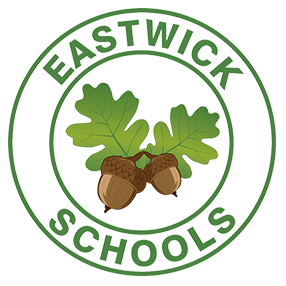Design and Technology
National Curriculum Purpose of Study
Design and technology is an inspiring, rigorous and practical subject. Using creativity and imagination, pupils design and make products that solve real and relevant problems within a variety of contexts, considering their own and others’ needs, wants and values. They acquire a broad range of subject knowledge and draw on disciplines such as mathematics, science, engineering, computing and art. Pupils learn how to take risks, becoming resourceful, innovative, enterprising and capable citizens. Through the evaluation of past and present design and technology, they develop a critical understanding of its impact on daily life and the wider world. High-quality design and technology education makes an essential contribution to the creativity, culture, wealth and well-being of the nation.
National Curriculum Aims
The national curriculum for design and technology aims to ensure that all pupils:
- develop the creative, technical and practical expertise needed to perform everyday tasks confidently and to participate successfully in an increasingly technological world
- build and apply a repertoire of knowledge, understanding and skills in order to design and make high-quality prototypes and products for a wide range of users
- critique, evaluate and test their ideas and products and the work of others
- understand and apply the principles of nutrition and learn how to cook.
Design and Technology at Eastwick - Intent
The Design and Technology (DT) curriculum at Eastwick meets the requirements of the National Curriculum and the school’s Curriculum Ethos. Therefore, it prepares children to be ‘Ready for Everything’ in their futures in terms of:
- Success in the next stage of their education and beyond: by inspiring pupils to be innovative and creative thinkers who have an appreciation for the product design cycle through ideation, creation and evaluation; by enabling them to acquire a broad range of subject knowledge and draw on disciplines such as mathematics, science, engineering, computing and art
- Their ability to navigate life’s personal Challenge: by developing the confidence to take risks, through drafting design concepts, modelling and testing; by being reflective learners who critically evaluate their work and the work of others.
- Understanding their place in communities at global, national and local levels and seize the Opportunity of the future: by building a critical awareness of the impact of design and technology on our daily lives and the wider world; by encouraging them to become resourceful, enterprising citizens who will have the knowledge to contribute to future design advancements. High-quality design and technology education makes an essential contribution to the creativity, culture, wealth and well-being of the nation.
Design and Technology at Eastwick - Implementation
- In Reception, pupils are taught elements of design and technology that prepare them for the Year 1 curriculum.
- Our curriculum in Years 1-6 uses the Kapow Design and Technology scheme of work.
- Knowledge is built progressively throughout Key Stages 1 and 2. For each unit, the following is identified:
- 'knowledge end points' ('I know (that)...' or 'I know how to...' outcomes that children are expected to master by the end of the unit)
- ‘substantive knowledge strands’ (key themes and vocabulary that form the basis of children’s mental mind maps or schemas, which enable pupils to recall and build on prior knowledge)
- 'disciplinary knowledge', which is taught implicitly and enables children to ‘walk in the expert’s shoes’.
- Pupils revisit the substantive knowledge strands as they progress through the school. Each time a strand is revisited, prior knowledge is recalled before it is covered with greater complexity or in a different context, therefore increasing children’s breadth and depth of knowledge.
- Across Key Stages 1 and 2, pupils are taught three units per year. This equates to one unit per term.
- Provision is made for all pupils, including those with SEND, by teachers providing suitable access arrangements as part of their 'Quality First Teaching' offer, adapting resources and activities to meet individual children’s needs.
Curriculum Progression
Please visit the Subject Progression Documents page for details of curriculum progression in knowledge end points, substantive knowledge strands and disciplinary knowledge from Reception to Year 6.
Design and Technology at Eastwick - Impact
- The DT subject leader, in conjunction with senior leaders and others, carries out monitoring of provision. This takes the form of pupil voice, lesson observation and work scrutiny.
- We know that teaching is impactful on children’s progress when:
- children demonstrate that they have built progressively complex ‘schemas’ in their long-term memory for each of the substantive knowledge strands. This is demonstrated when they can recall prior knowledge and learning, and master the knowledge in each progressive step in the curriculum because they have mastered the knowledge gained in previous steps and built on it
- children show increasing mastery of disciplinary knowledge as they progress through the curriculum
- children therefore show that they 'know more and remember more' after each unit of learning.

